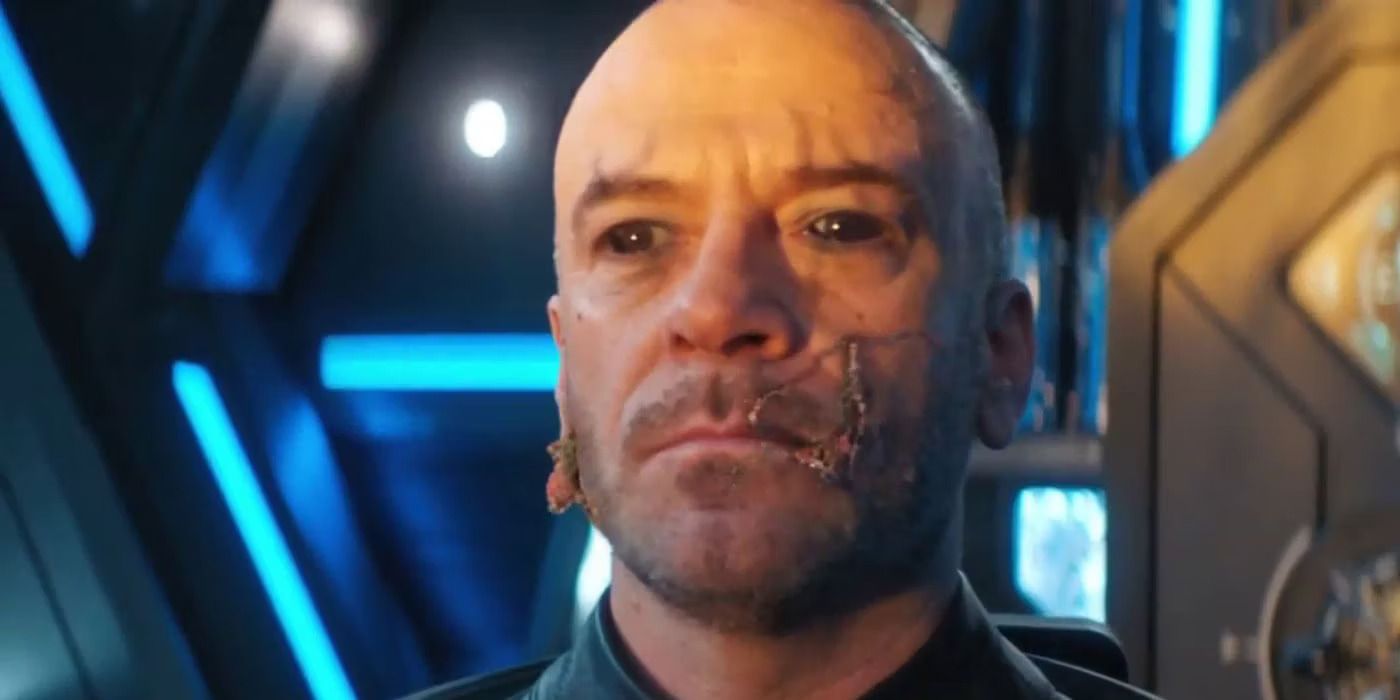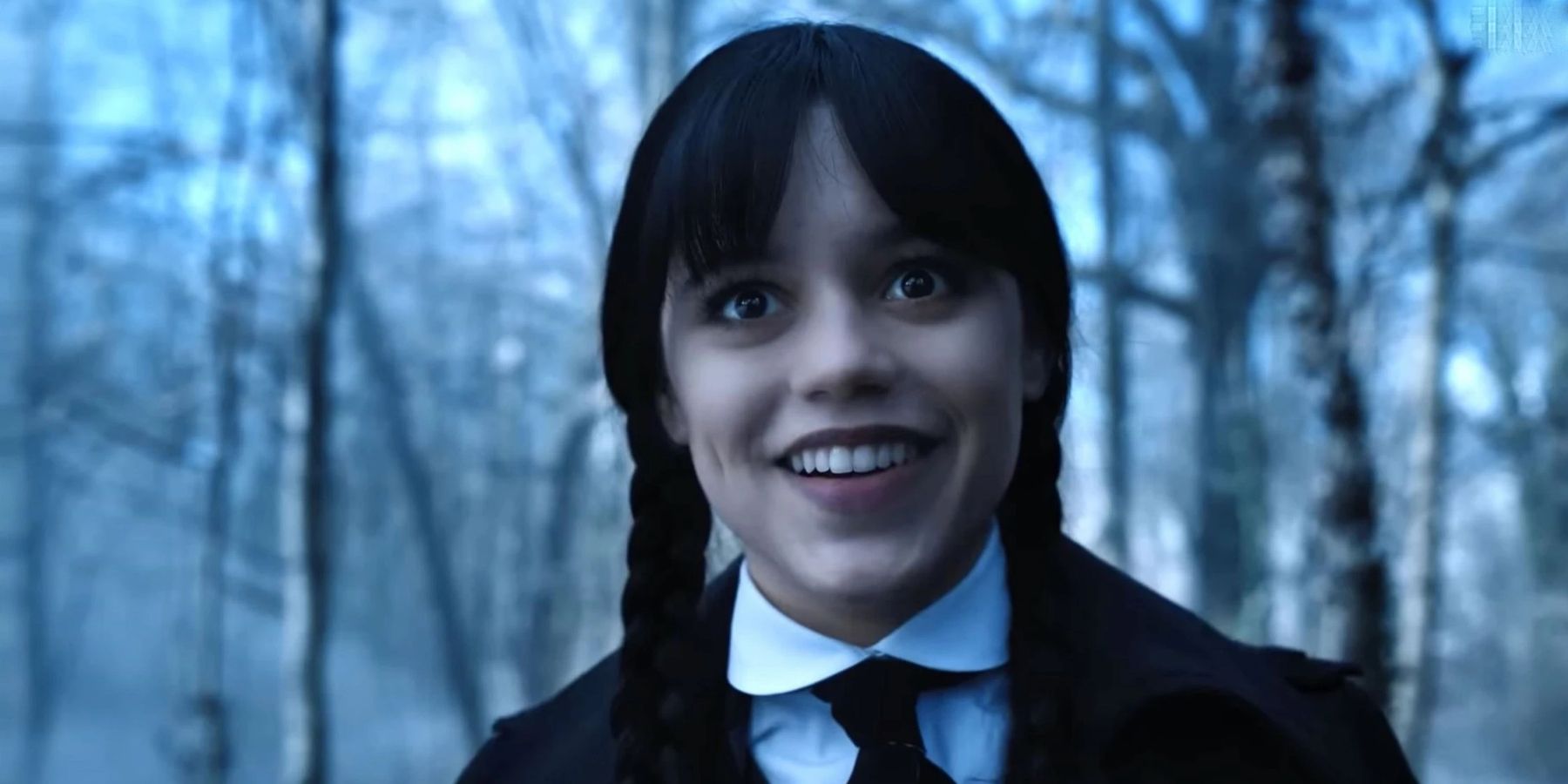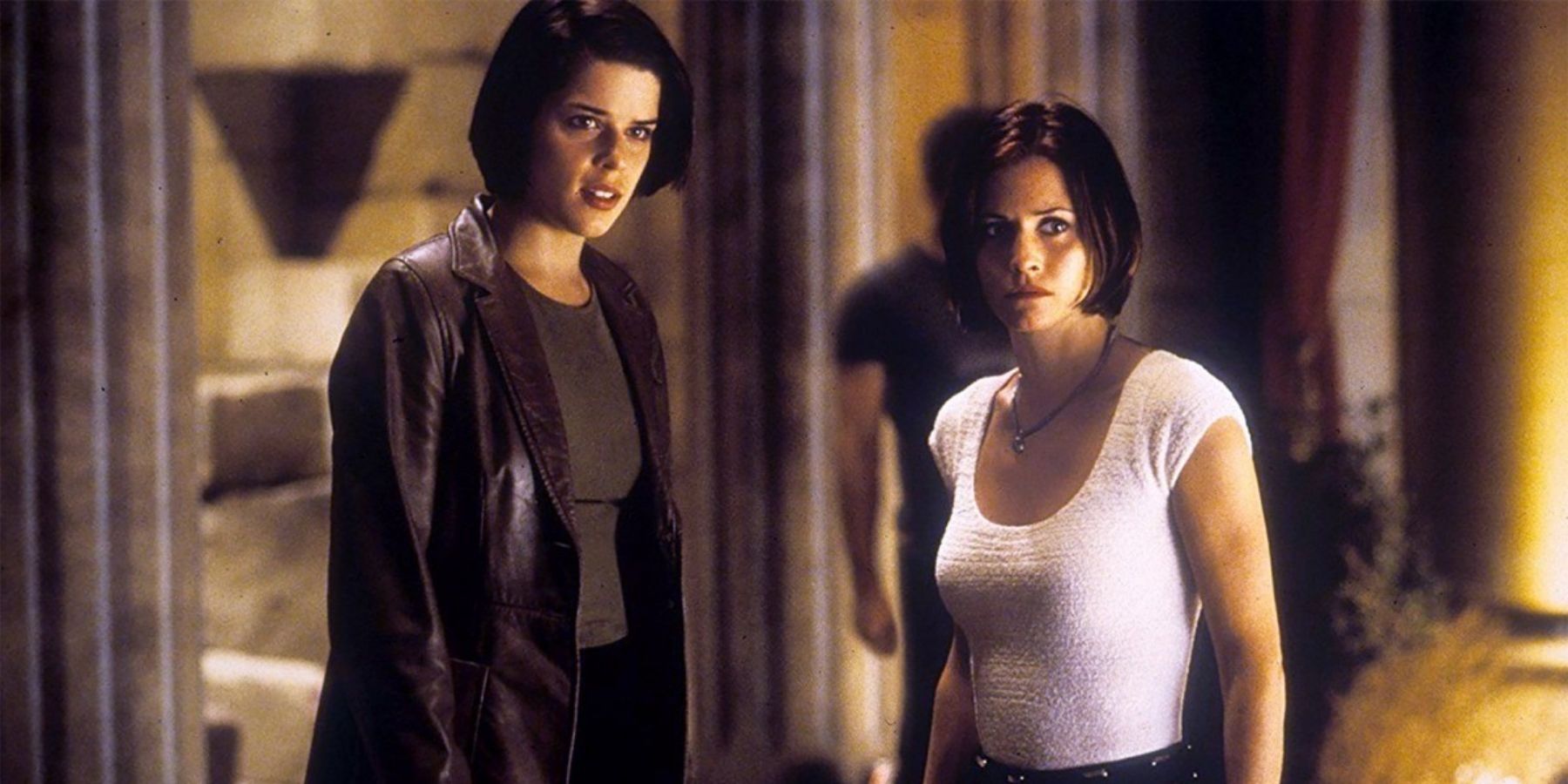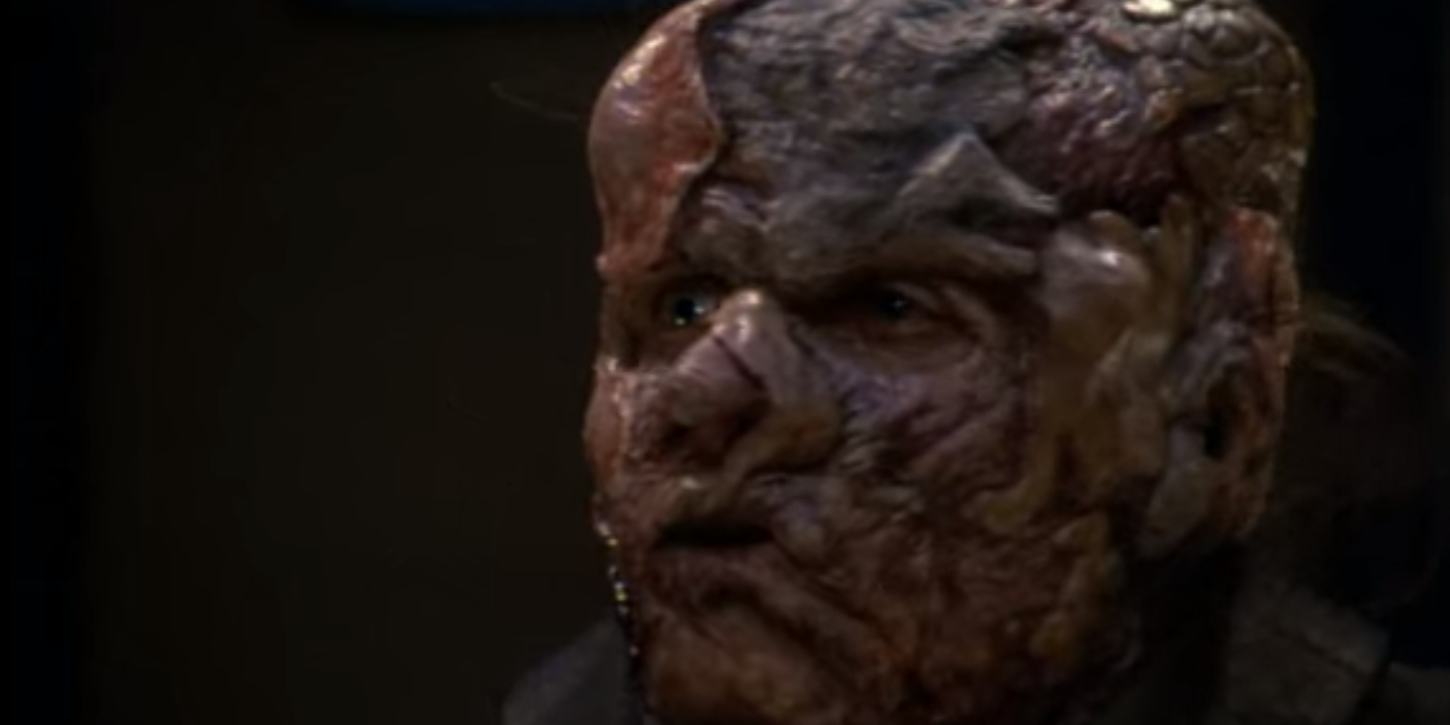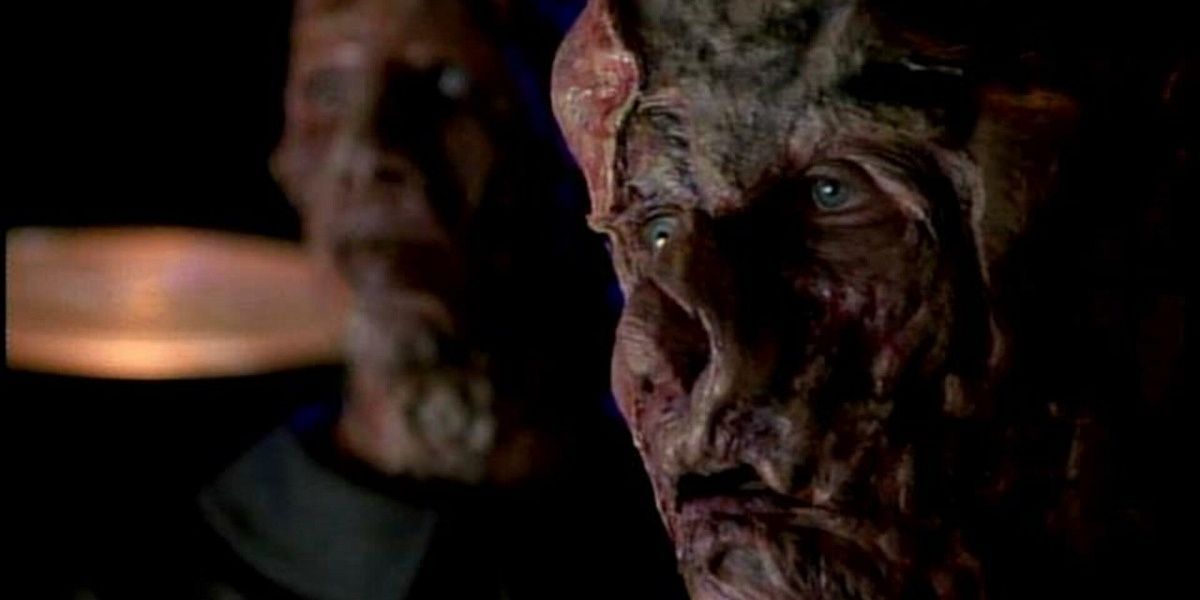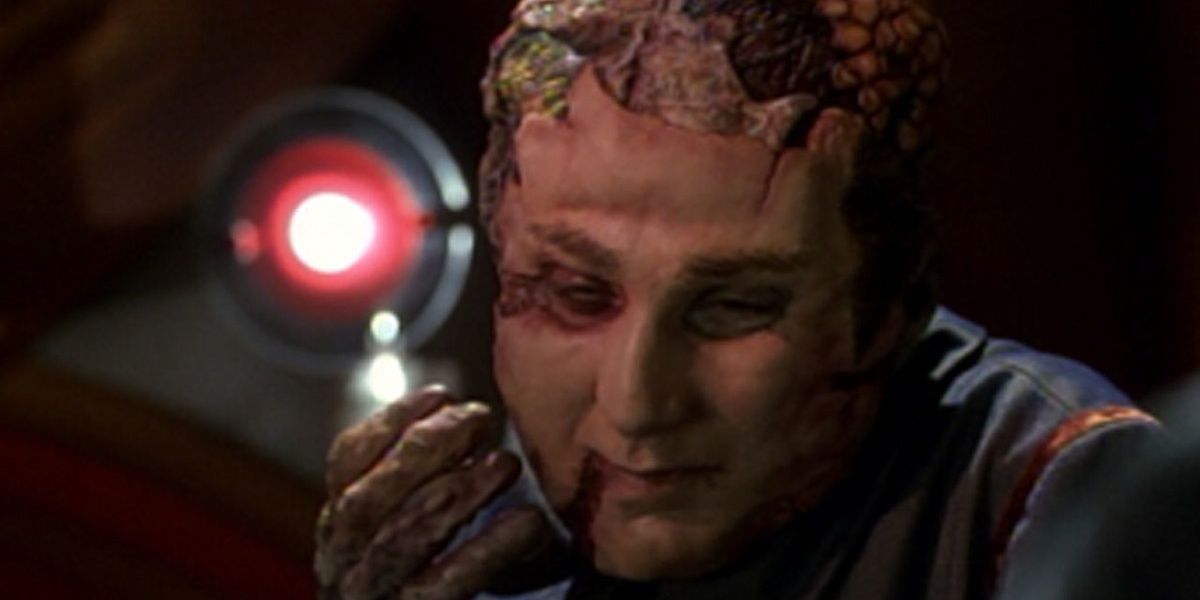Star Trek is often about a group of lovable characters running into a wide variety of unique aliens. Most of the alien races in the show represent real issues humans face on Earth. They can bring romance, comedy, and action to the series. A race like the Vidiians can bring horror to the universe of Star Trek: Voyager.
Villains can be a bit complicated in Star Trek. The show isn't generally about war or violence, but there must always be conflict. A sentient species needs a suitable motivation to do something terrible. Sometimes the writers invent brutal warlike conquerors to do bad things, but races like the Vidiians demonstrate a more nuanced approach.
In the early 90s, Rick Berman, Michael Piller, and Jeri Taylor were working on the basic building blocks that would become Star Trek: Voyager. It would be the fifth Star Trek series, immediately following the end of The Next Generation and accompanying Deep Space Nine. When creating villains, they followed the wisdom of Gene Roddenberry. His policy was never to depict an alien race as ontologically evil. Their values may differ from ours, but they're not demons. Berman, Piller, Taylor, and producer Brannon Braga devised three main races of antagonists to suit that mandate. The Vidiians were the best received of the three. They spawned from the idea of a species slowly dying from an incurable disease. Their villainy would emerge from their desperation to survive. They'd take inspiration from Mayan human sacrifices and Mary Shelly's Frankenstein. The Vidiians were celebrated for adding horror to Voyager.
More than 2000 years ago, the Vidiians were known for their skilled educators, explorers, and artisans. Artifacts of their culture remain highly sought after. Unfortunately, the species was attacked by a viral infection called the Phage. The Phage was an all-consuming plague that killed thousands every day. The virus immediately altered the victim's genetic code, consumed their tissue, and finally destroyed their cellular structure. It's most comparable to a flesh-eating disease like necrotizing fasciitis. The Phage adapted rapidly to resist any treatment and swiftly outpaced any effort to find a cure. The Phage obliterated the Vidiians. Over 2000 years, a tiny percentage of the race was able to survive by rapidly harvesting the organs of dead bodies for constant transplants. The Vidiians gradually turned to harvesting the dead of other species, then finally started stealing body parts from living organisms.
When the crew of the Voyager meets the Vidiians, they demonstrate their commitment to survival. In their debut episode, "Phage," they steal the lungs of the Talaxian crew member Neelix. Vidiians named Dereth and Motura stole Neelix's lungs to replace their own. When Captain Janeway finds the Vidiians, they explain the dire situation they find themselves in. Vidiians shun the infected members of their population and discourage any social interaction to prevent the Phage from spreading. Subsequently, Dereth and Motura were on their own. The Vidiians invented a technology that could remotely pilfer organs from living beings. If Janeway returned those lungs to their rightful owner, she'd condemn two living beings to a painful death. In classic Starfleet fashion, Janeway worked out an equitable solution. Dereth and Motura develop a way to adapt Neelix's partner Kes's lung to fit his biology and perform surgery to save his life. Everyone goes away happy, and Dereth and Motura inform the Vidiians that if they ever steal an organ from Starfleet again, they'll be met with deadly force.
The Vidiians appear several times throughout the first two seasons of Star Trek: Voyager. In "Faces," they kidnap three Voyager crew members. A surgeon named Sulan splits the half-Klingon B'Elanna Torres into two beings, one Klingon and one human. Though Torres's Klingon half shows immunity to the Phage, the heroes are rescued before Sulan can find a cure. In "Lifesigns," Vidiian scientist Danara Pel earns the honor of becoming the first sympathetic member of the species. She earns Torres's consent to continue experiments and begins a brief but impactful romantic relationship with the Doctor. The Vidiians are never depicted curing the Phage and continue to be antagonists in all future appearances. In a piece of original Star Trek fiction, they forge a more reasonable relationship with Starfleet. Near the end of the series, a seemingly all-powerful group of alien intellectuals dubbed the Think Tank claim to have cured the Phage.
The Vidiians are one of the most compelling races in Star Trek history. They're the natural result of a great idea being executed well. The concept of a species suffering from a nightmarish disease and resorting to horrific methods to survive is intelligent enough to be convincing and nuanced enough to raise multiple solutions. Though they aren't used much anymore, the Vidiians deserve more attention for their excellent run. Some Star Trek aliens want to conquer the universe. The Vidiians just want healthcare. What could be more relatable than that?

